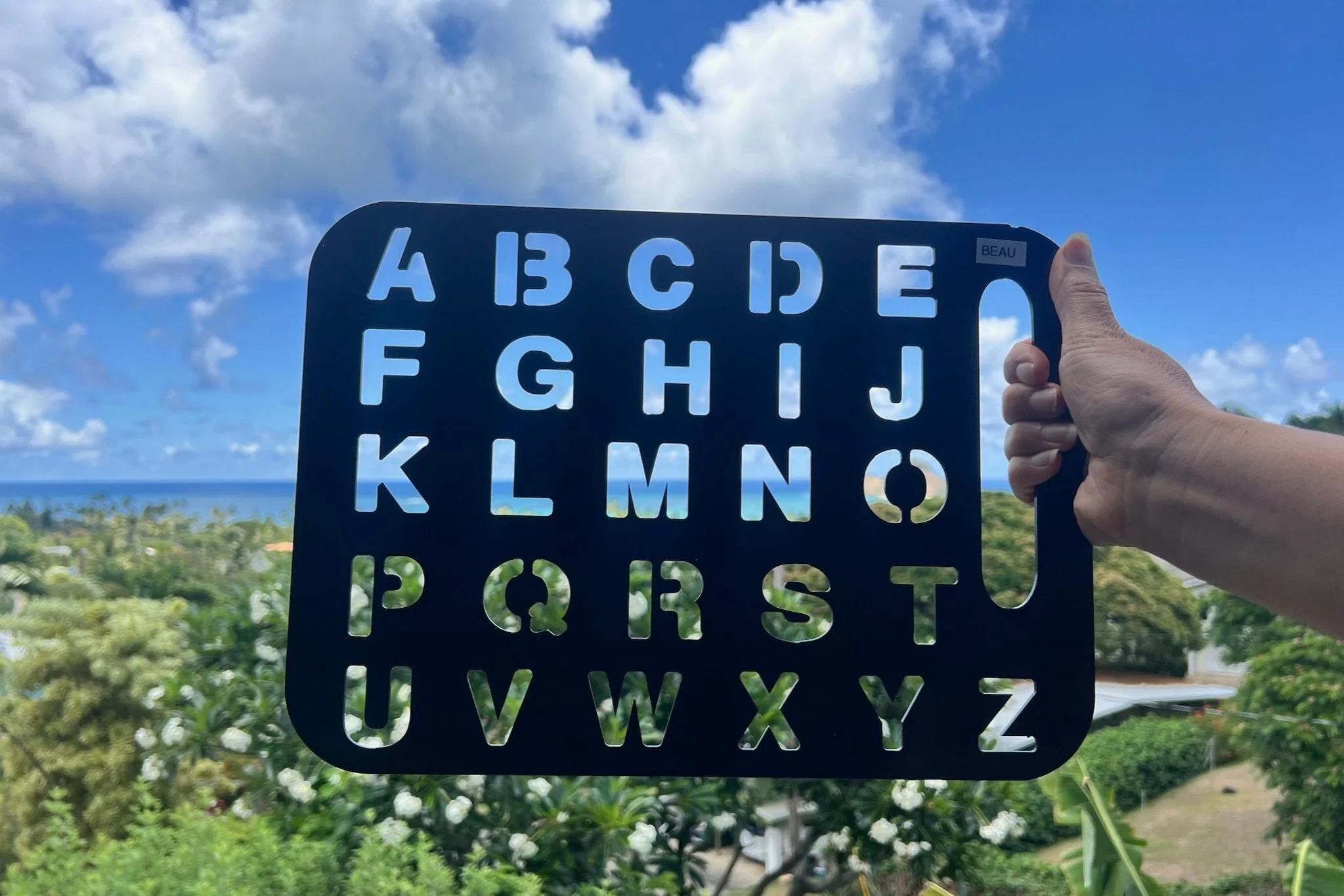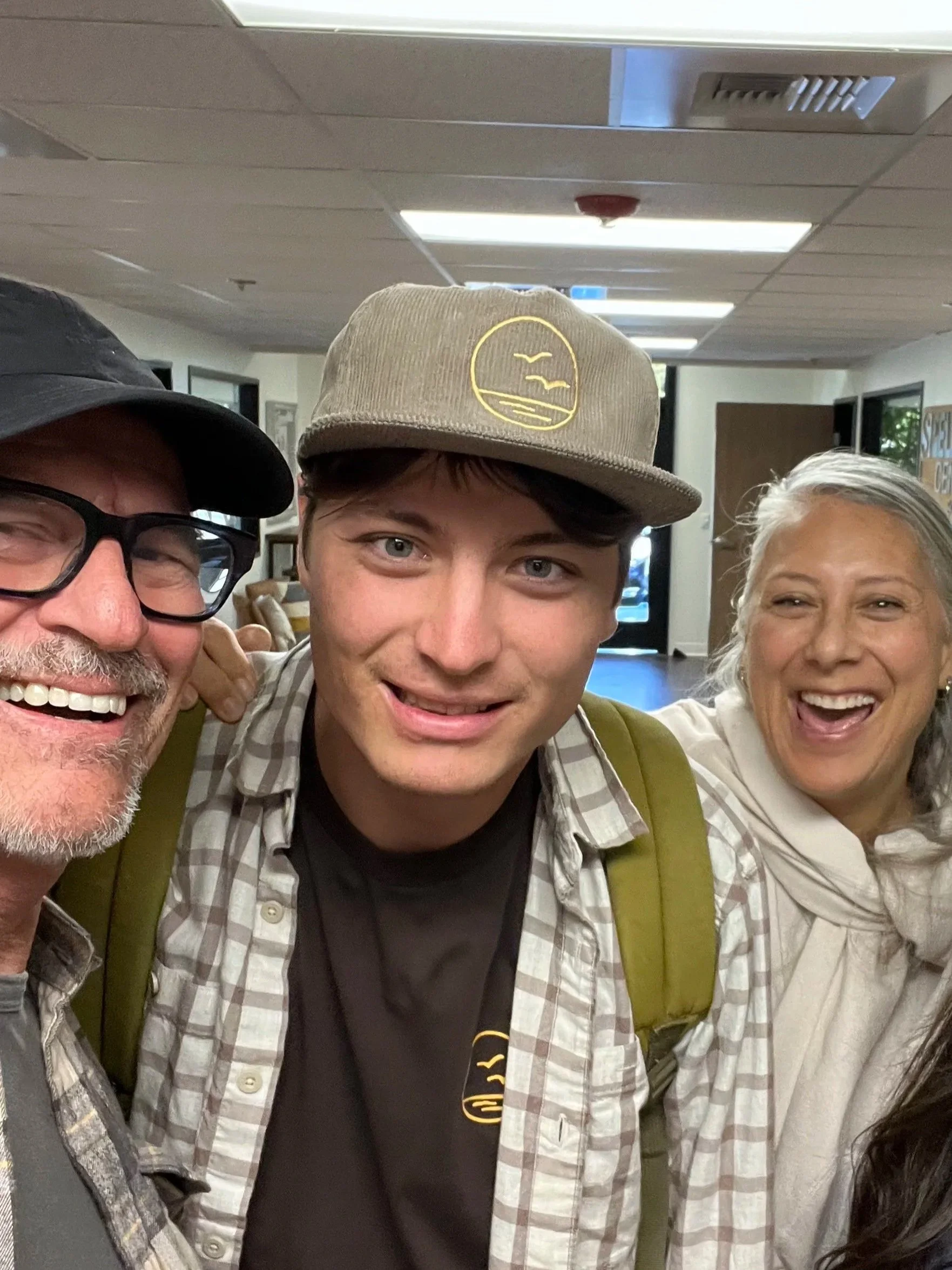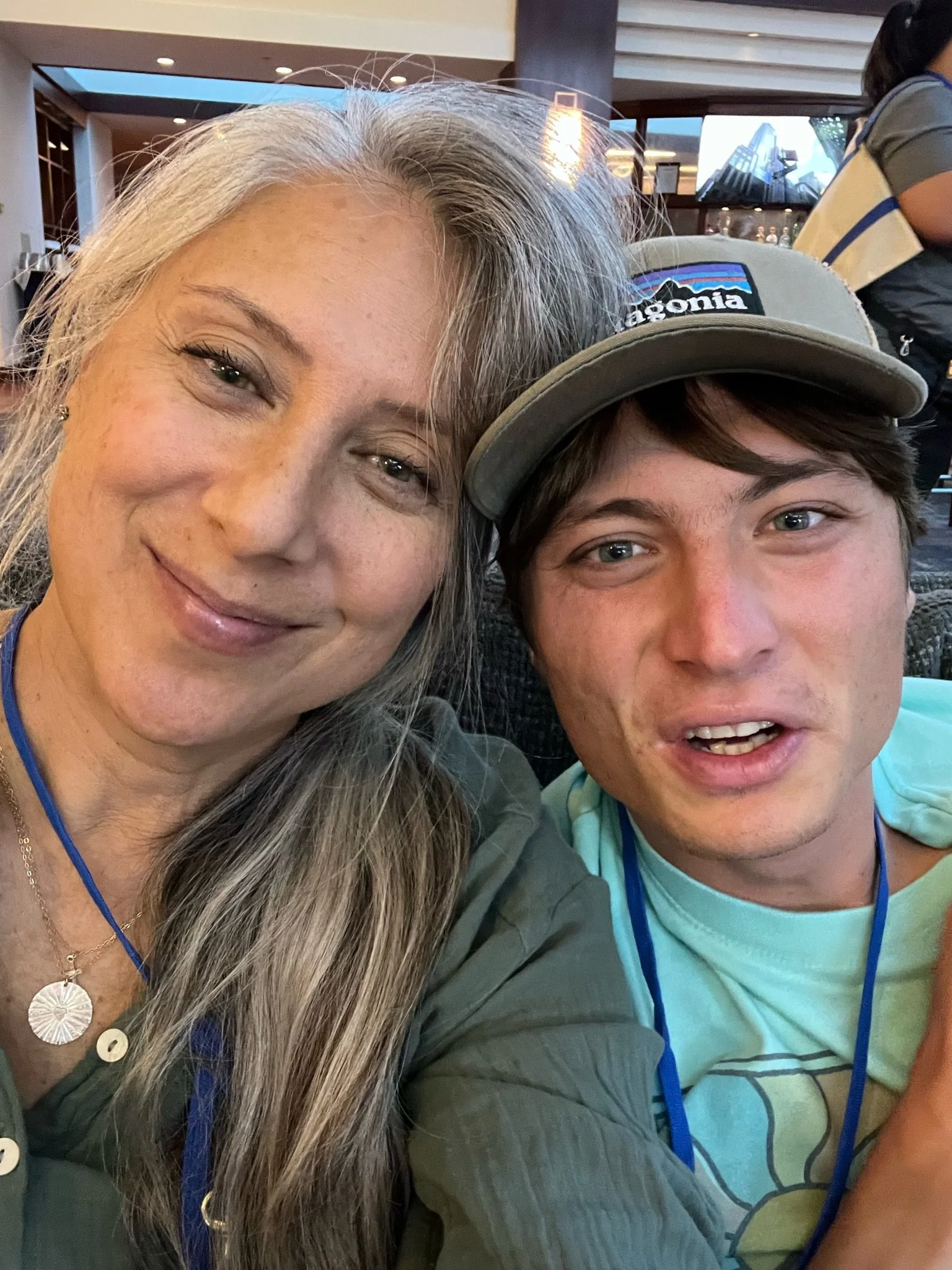
Spelling to Communicate
opens doors to communication.
Learn how it could change your life today!
Spelling to Communicate (S2C) is a method that supports individuals with motor challenges in learning how to point to letters in order to spell words and express themselves. It helps build the motor skills needed to use spelling as a form of communication.
S2C helps individuals with motor differences learn to spell words by pointing to letters, supporting communication and self-expression.
Trained communication partners guide learners using a structured system of verbal and physical prompts to build motor control and fluency.
Watch this emotional video of the day the King’s lives changed forever - when they discovered Spelling to Communicate and Beau spelled his first word!
What Spellers & Speller Caretakers Have To Say
-
""If I could go back, I would have started spelling with Beau sooner—the moment he spelled his first thought, I realized he had been there all along, fully present, fully aware. We lost years not knowing. Hearing his inner voice has been the greatest blessing of our lives. It’s reshaped our family, our purpose, our love. Cognitive dissonance is the veil that kept me—and the world—from seeing that my son was always inside his body, waiting to be heard."
Julianne King
Mother and Founder Hawaii Autism Foundation
-

"No words could articulate the impact poured into my life after spelling unlocked my potential."
Beau King
(via Spelling to Communicate)
-

"It has augmented my ability to communicate and opened my world to sacred things."
Ryan Edghill
(Via Spelling to Communicate)
-

"As a teacher I love that my non-speakers now have a way to communicate effectively. I'll use anything that works, and S2C works perfectly! I would like to see S2C offered to all non-speaking students because then they could join most of our classroom lessons while communicating through spelling."
Renee Dieperink
S2C Practitioner
Messages from Spellers
Spelling to Communicate allows individuals to speak from their heart, with infinite expression, compared to other devices like AACs.
“Most people think that because we can’t talk that this means that we have reduced cognitive abilities, but this is not true at all! What we have is called apraxia, which is a body mind disconnect. This means that my body doesn’t always do what I want it to do, including speaking.”
- Ryan Edghill
“My family’s greatest strength is our love for each other. It inspires me daily to love myself in spite of my unique way of operating”
- Beau King
Growing the Spelling Community in Hawai’i
S2C Lessons - Family Scholarship
Do you have a minimal, unreliable, or non-speaker in your ‘ohana? Spelling to Communicate could be the life-changing solution they’ve been waiting for!
Help your loved one discover their voice by exploring this opportunity.
Our scholarship includes 5 lessons with a registered S2C practitioner, spelling boards, and lesson book.
Become a Practitioner Scholarship
Are you an educator or have a similar background in health, wellness or language?
Consider becoming a S2C Practitioner and open the doors to communication for people with ASD in Hawai’i.
If you are accepted into the program, we will cover 50% of the tuition costs incurred in becoming a registered S2C Practitioner through I-ASC.
FAQs
What does S2C help with besides spelling?
S2C focuses on achieving coordination between thinking and moving. It also supports emotional regulation and the development of purposeful movement for everyday life.
Is S2C just for basic communication?
No, S2C moves from simple (concrete) ideas to more complex (abstract) communication as a person’s motor skills develop. This opens the door to deeper conversations, learning, and self-advocacy.
How do students typically progress in S2C?
Most begin by pointing to letters on a board, with support. As skills improve, many progress toward typing independently on a keyboard.
What’s the role of a communication partner?
Trained partners guide the learning process, providing verbal and gestural cues that help the learner gain more motor control and confidence.
Why is motor support so important?
Many individuals who don’t speak or have unreliable speech face motor planning difficulties. S2C focuses on strengthening the connection between the brain and body to enable clearer communication.
What are the broader benefits of S2C?
When a person is able to communicate effectively, it leads to greater independence, better emotional health, and more opportunities to participate fully in community life.





